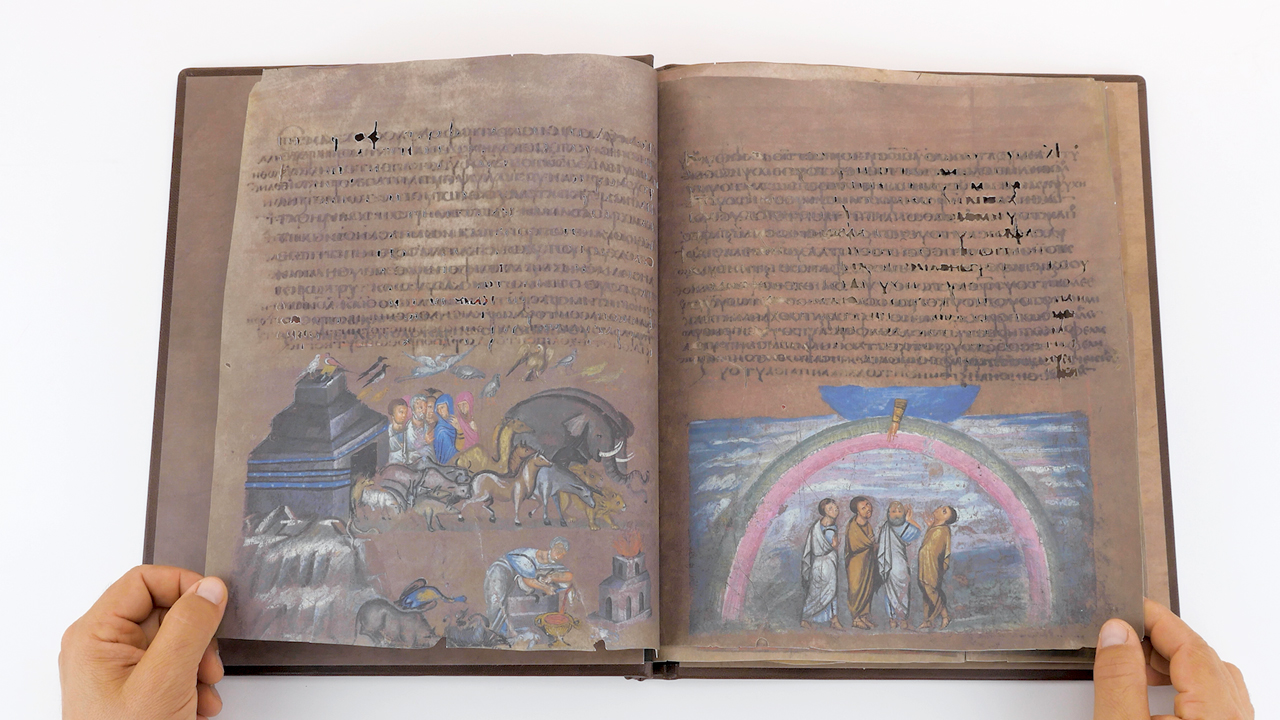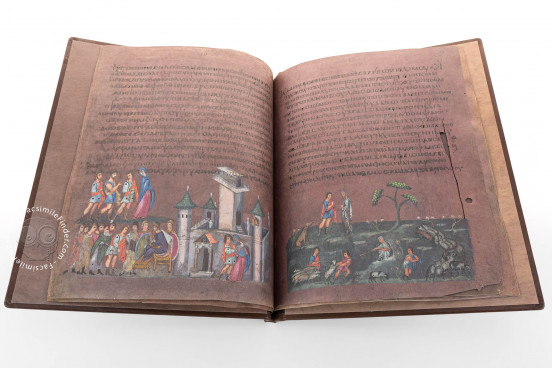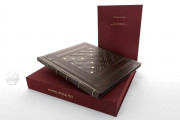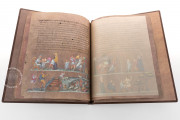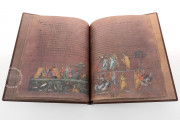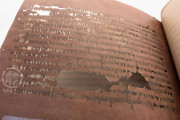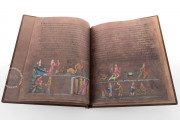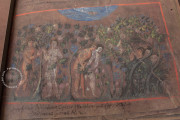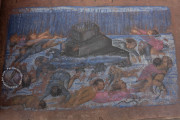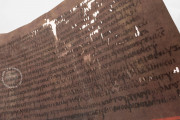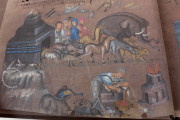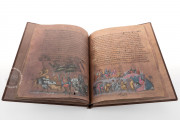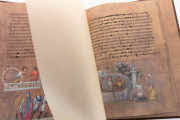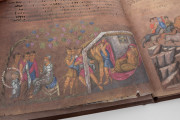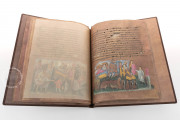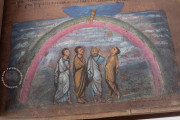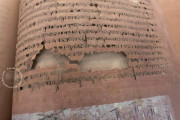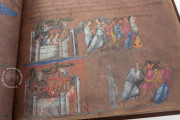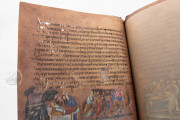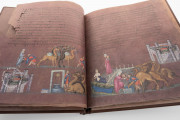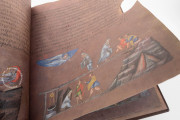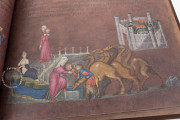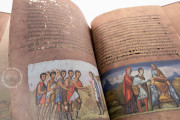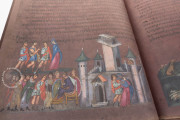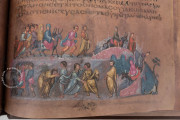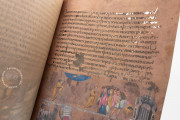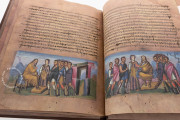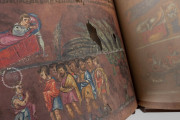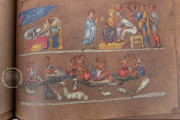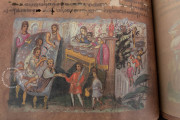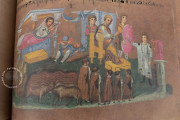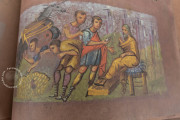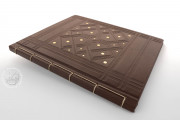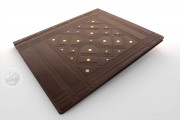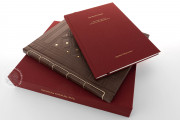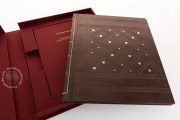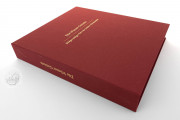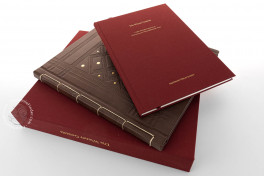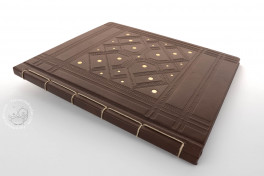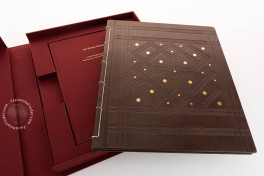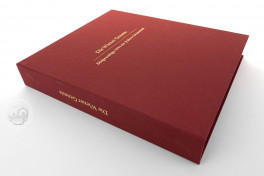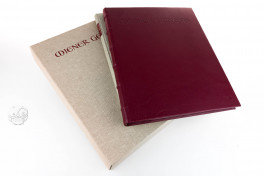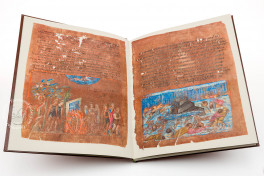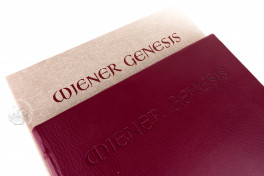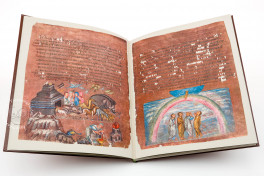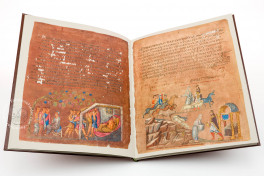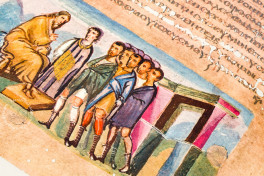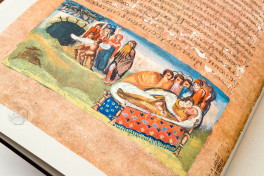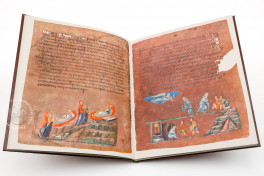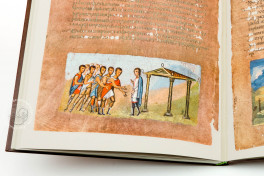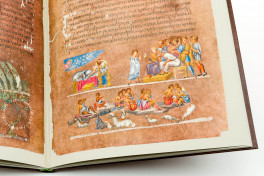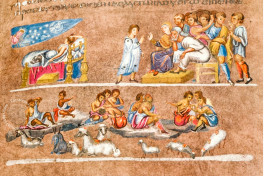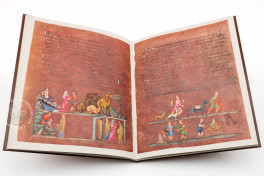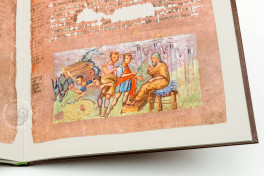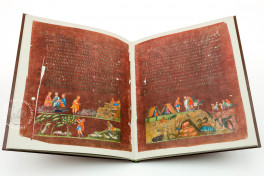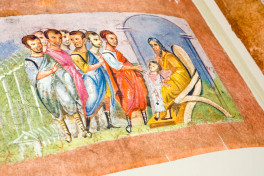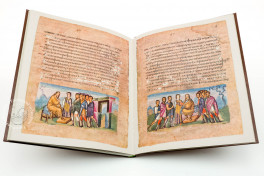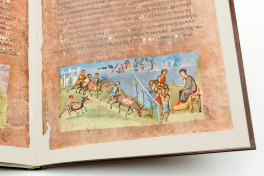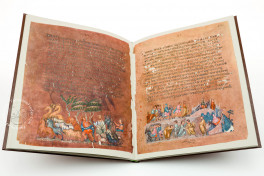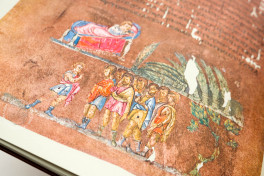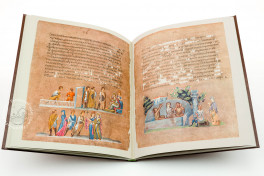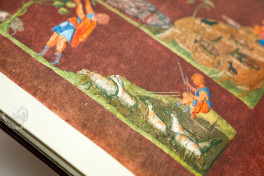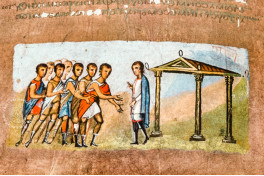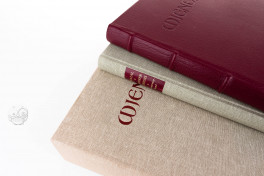Made in the early sixth century in the Eastern Roman Empire, the Vienna Genesis is one of the earliest surviving illustrated manuscripts of Christian scripture. It is a rare illuminated Greek Old Testament manuscript to survive from before the period of imperially sanctioned iconoclasm in the eighth century, making it an essential witness to early Byzantine narrative art. Its text is an abridged version of the Old Testament biblical book of Genesis. It is fragmentary, preserving about a quarter of a larger codex. Each surviving page features a half-page miniature, forty-eight in all.
The presentation is magnificent, with the text written entirely in silver in Greek Majuscule on purple-stained parchment. Given the luxury materials used, it may have been produced in an urban center, perhaps Antioch, for a wealthy person in the imperial family or entourage.
The Heritage of Greco-Roman Antiquity
Ancient tradition is expressed in the illustrations of the Vienna Genesis principally through architectural motifs, such as the colonnades implied by the pictured columns on the bridges that span rivers in the second miniature of Rebecca at the Well and the scene of Jacob Wrestling the Angel (fols. 7v and 12r). Ancient pictorial conventions also dictated the inclusion of a female personification of the spring in the miniatures of Rebecca at the Well (fols. 7r and 7v).
Jewish Legends in a Christian Book
The miniatures of the Vienna Genesis do not all illustrate the biblical text strictly. The scene of Joseph Tempted by Potiphar's Wife, for example, includes a vignette of the bathing of a child and further figures of women and children (fol. 16r). These elements reflect aspects of Jewish legend but are not easily explained.
Customized Text
The number of lines of text and the size of the writing varies from page to page, and the text, at least for the first portion of the manuscript, is an abbreviated version of the biblical Septuagint. The text was thus tailored to accommodate the regular presentation of a miniature illustrating the proximate text in the bottom half of each page.
Change in Plan
The plan changes about halfway through the surviving portion—around the beginning of the Joseph story (fol. 14r). A second scribe had started work, and the coordination of text and image is not so carefully engineered. The miniatures also become more straightforward, usually with only one or two scenes per miniature, and a new team of painters was brought into the project.
To the Imperial Library via Italy
The Vienna Genesis was in Italy by the fourteenth century, but we do not know how it was acquired in the seventeenth century by Leopold Wilhelm (1614-1662), Archduke of Austria. He bequeathed his art collection to his nephew, Leopold I (1640-1705), Holy Roman Emperor. The manuscript caught the eye of the prefect of the Austrian Hofbibliothek, and it was transferred in 1664 to that library, renamed the Österreichische Nationalbibliothek after World War II.
We have 2 facsimiles of the manuscript "Vienna Genesis":
- Die Wiener Genesis facsimile edition published by Quaternio Verlag Luzern, 2019
- Wiener Genesis facsimile edition published by Insel Verlag, 1980

